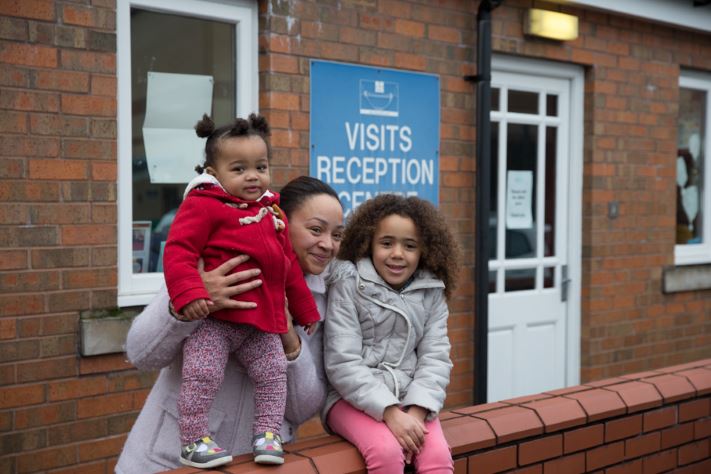15th March 2016
A guest blog by Katie McMahon, Research and Policy Assistant at i-HOP (Barnardo’s in partnership with POPS, supporting all professionals to work with offenders’ children and their families)
When someone goes to prison, most attention is paid to that person: their offence, their trial, their sentence. The experiences of those who surround the offender can be ignored and their needs neglected. The child of a prisoner is entirely innocent of their parent’s crime, but still suffers the consequences of that crime. This experience is not a unique or an isolated event: an estimated 200,000 children go through it each year in England and Wales.
Offenders’ children face worse outcomes than their peers; they have lower educational attainment and are 25% more likely to experience poor mental health. Once you start considering some of the experiences they go through, it is easy to understand why; as well as the emotional trauma caused by a parent’s sudden absence, the imprisonment of a family member can mean that these children face anxiety over what their parent has done, the effects of emotional and financial stress within the whole family, and isolation from their friends and communities, due to the stigma around parental offending and imprisonment.
Worryingly, children who face these difficulties often remain hidden from the very services and professionals who can support them. In England and Wales, there is no routine process of identifying these children and, because of stigma and sometimes even fear for their safety, children and families are reluctant to self-report. These families may already face multiple deprivations, and thus have a wide network of agencies working with them, but the lack of systematic support means that opportunities for joint working are lost. The criminal justice system will necessarily be involved, but their aims and policies will not be the same as those of services designed to support children and families. If services designed to support children and families are involved, without an awareness of the imprisonment they may not respond to the unique needs of the family.
Health visitors are well-placed to provide some of the support these children and families desperately need: they are accessible to families, they pay attention to social risks as well as physical ones, and they are practised in linking with other agencies to support children and families. Additionally, their work provides the opportunity to intervene early, both in the sense that they may be the first person a family tells about a loved one’s imprisonment, and in the sense that they can start supporting a family early in the offender’s journey through the criminal justice system.
i-HOP is an information and advice service which supports all professionals working with the children and families of prisoners. We aim to work with professionals across a wide variety of sectors: education, health, prison, probation, and the voluntary sector, among others.
Recognising the role that health professionals can play in supporting those affected by imprisonment within the family, i-HOP has produced a guide that we hope will contribute to improved recognition and support of these children and families. As well as outlining the ways in which children with a parent in prison can be impacted, this guide also looks at how the practice of community health professionals can be developed: such as addressing stigma, incorporating parental imprisonment into assessments, and talking about imprisonment with children.
While we hope that more systematic support will be introduced for these children, it is also essential that frontline staff develop their own practice to reduce the gap left by current provision. By learning more about how these children are affected and accessing the resources on offer, health visitors can feel more confident in recognising and responding to the needs of this vulnerable group of children.



